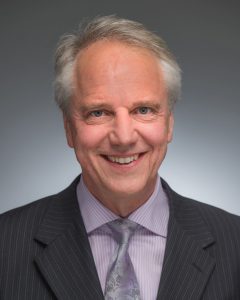Colloquium: Christopher Shields, Notre Dame University
 Biography:
Biography:
Christopher Shields is George N. Shuster Professor of Philosophy at the University of Notre Dame. He is an Honorary Research Fellow of Lady Margaret Hall, University of Oxford, where, before moving to Notre Dame, he was Professor of Classical Philosophy and Chair of the Philosophy Faculty Board. Previously he has taught at the University of Colorado at Boulder. He has held the Tang Chun-I Visiting Professorship at the Chinese University of Hong Kong, the Collins Visiting Professor at the University of St. Louis, and a Senior Fellowship at TOPOI, the Humboldt University of Berlin. He has held visiting professorships at Cornell University, Stanford University, Yale University, and The University of Arizona. He is the author of Order in Multiplicity: Homonymy in the Philosophy of Aristotle (Oxford University Press: 1999), Classical Philosophy: A Contemporary Introduction (Routledge: 2003), Aristotle (Routledge: 2007), Ancient Philosophy: A Contemporary Introduction (Routledge: 2011), with Robert Pasnau, The Philosophy of Thomas Aquinas (Westview: 2003; 2nd rev. ed. Oxford University Press: 2015), and Aristotle’s De Anima, Translated with Introduction and Commentary (Oxford University Press: 2016). He is the editor of The Blackwell Guide to Ancient Philosophy (Blackwell: 2002), and The Oxford Handbook of Aristotle (Oxford University Press: 2012).
HARMONIES AND HYLOMORPHISMS:
Before advancing his own hylomorphic account of soul-body relations, Aristotle rather dutifully canvasses the theories proffered by his predecessors, considering in the first book of his De Anima the materialist views of various Presocratic philosophers, most of which he decries as in one way or another explanatorily inadequate, and the view of Plato, which he regards as somehow baroque. Along the way, he reflects also on the view that the soul is a harmony or attunement of the body—something which is in some sense non-identical with the body but also not completely separate from it, perhaps something emergent from the elements of the body and their relations. This view too he rejects. His doing so is, however, curious: of all the views he considers, the harmony theory comes closest to his own hylomorphism. Indeed, from at least one perspective, one might think that it is his own hylomorphism, or at least entailed by it. The question thus lies near: what is the difference between hylomorphism and the harmony theory, such that the criticisms undercutting the harmony theory do not at the same time scathe hylomorphism?
